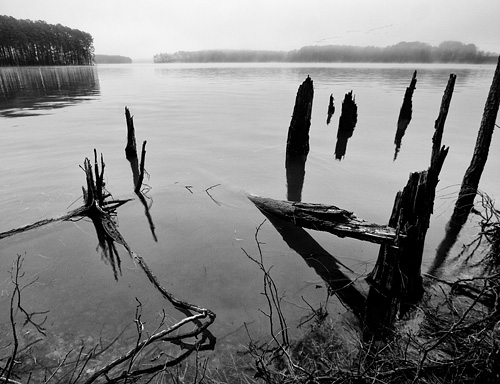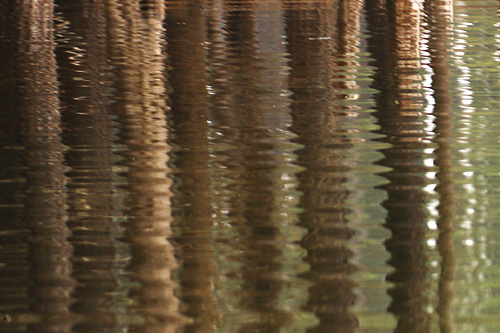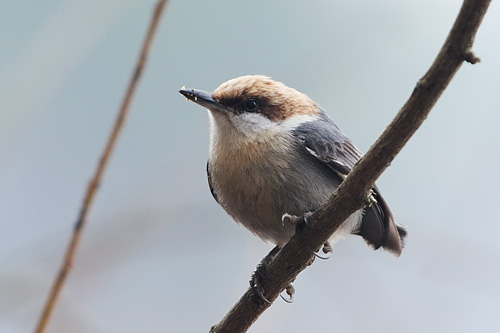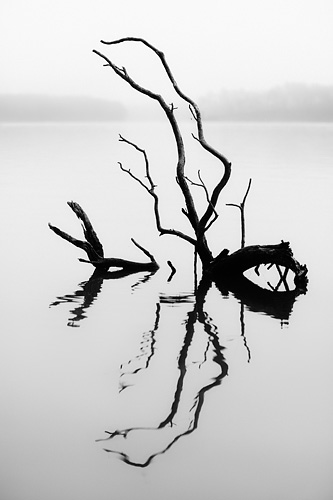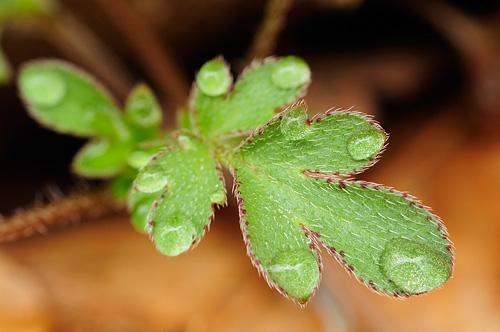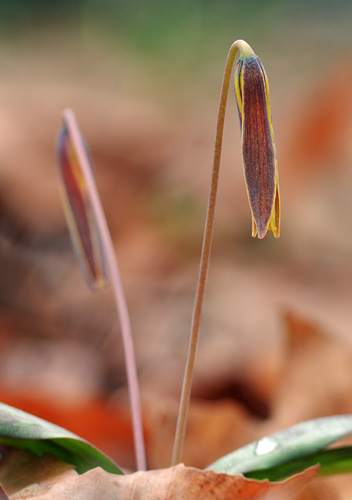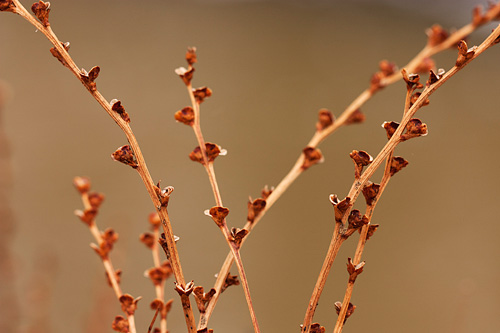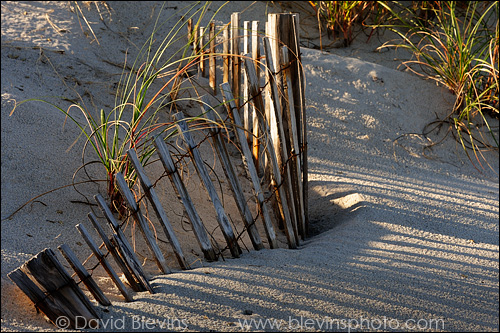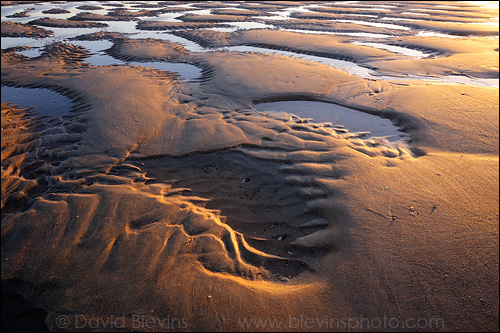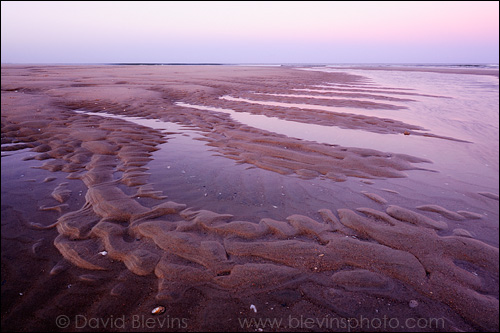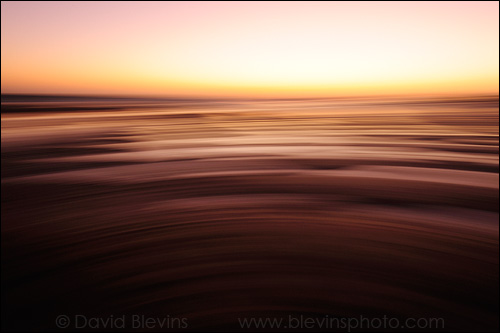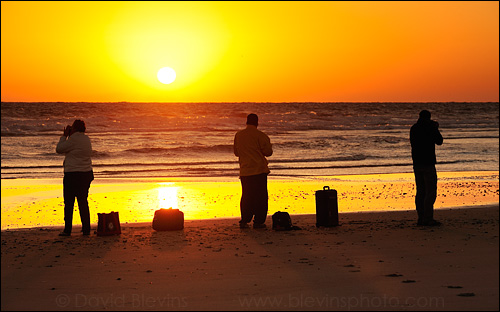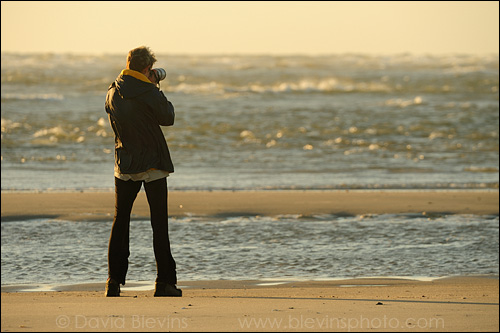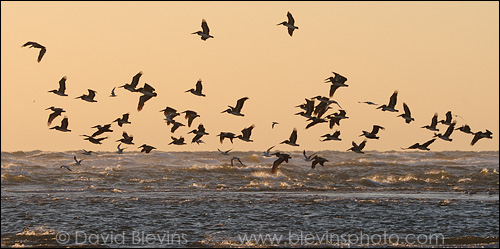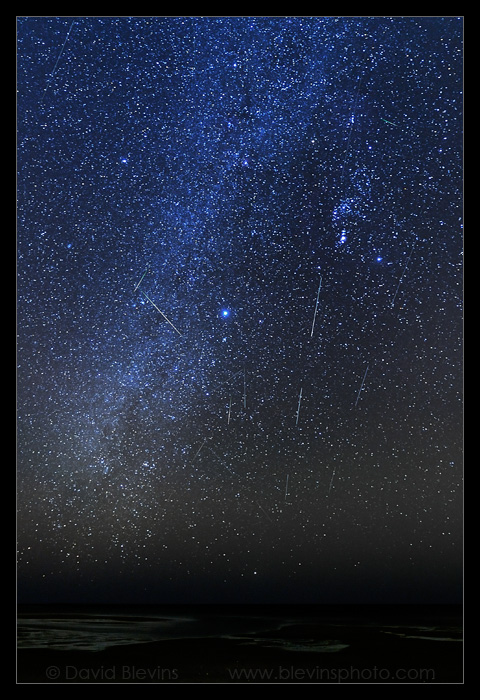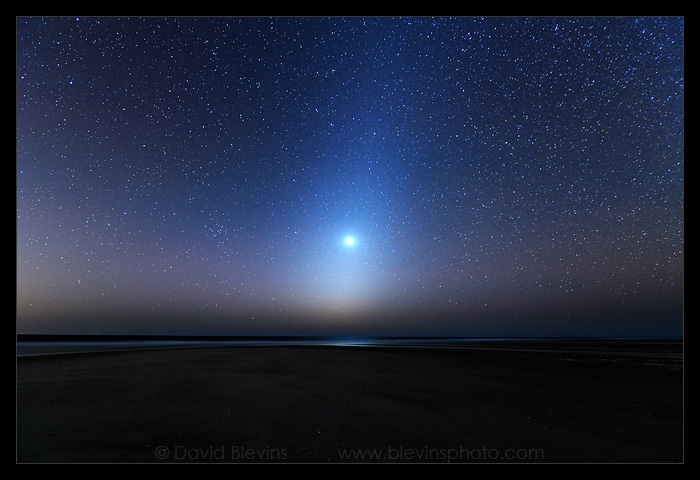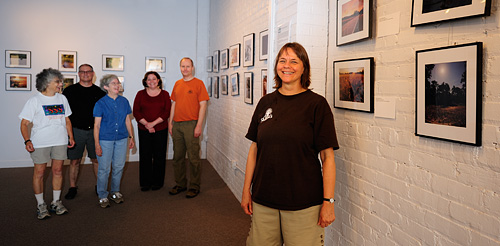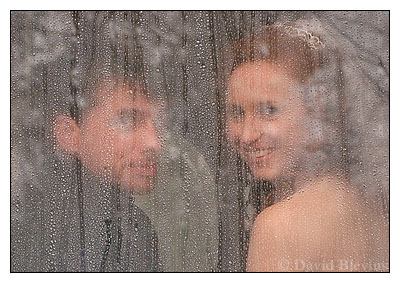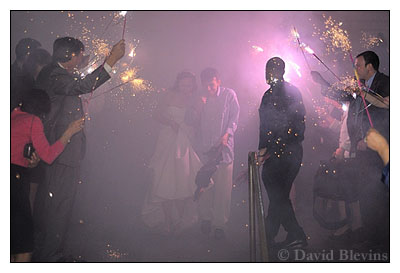A new species of wildflower has been formally described this week in the latest issue of Phytoneuron. You might expect new botanical discoveries to be from an unexplored tropical jungle, but this wildflower is found in the Piedmont of North Carolina. You might also expect that living for so long in such a populated area without being formally described would mean this plant could only be appreciated by a botanist with a hand lens, but that is not the case. This new wildflower is a strikingly beautiful species of Barbara’s-buttons.
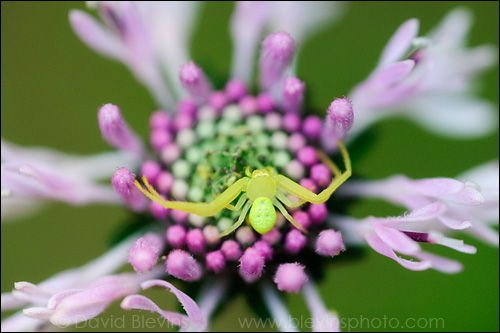
A goldenrod crab spider hunts for prey on the newly described Oak Barrens Barbara’s-buttons.
You might also be surprised to learn this is not that unusual, and there are other plants in North Carolina, just as spectacular, that have only been recently described.
One summer evening in 2007, after a thunderstorm, I was standing on the porch of an historic house in Beaufort, North Carolina with Misty Buchanan, a botanist with the North Carolina Natural Heritage Program. We were there with a group who gather twice a year to help with field work for the Carolina Vegetation Survey. My time in the field with this group helped me learn to see the North Carolina landscape through the eyes of botanists and ecologists so I could make the images for Wild North Carolina. But this group of enthusiastic and knowledgeable people inspired me in many other ways as well. While standing on the porch, Misty told me,
“few people realize that new species of plants are still being discovered in North Carolina. About 13 new species have been discovered but haven’t been formally described because there is no funding to cover the fieldwork, herbarium research, and molecular analysis that will be necessary to understand these species well enough to formally describe them. Until these species are formally described, no regulatory agency will be allowed to take action to protect them. Some of our rarest species remain completely unprotected because we can’t get the funding to describe them.”
That conversation inspired me to create a collection of photographs of some of the newly described plants in North Carolina as well as some plants that are being studied to determine if they warrant their own name. Finding these plants was not easy. First, most of these plants have gone so long without being described because they are very rare, some only occurring at one location. Second, only a few people know when to expect these plants to be at their most showy. I could not have made these images without the help of some of the State’s best botanists, advising me where and when to look for these plants and how to recognize them.
Dr. Alan Weakley of the UNC Herbarium was particularly helpful in either advising me or directing me to the appropriate expert. You can look up all these plants in his new Flora of the Southern and Mid-Atlantic States, available as a free pdf download from The University of North Carolina Herbarium website.
The important work of the UNC Herbarium, North Carolina Natural Heritage Program, the North Carolina Plant Conservation Program, and others is essential to assure that the full wonder of our State’s flora is realized and its conservation accomplished.
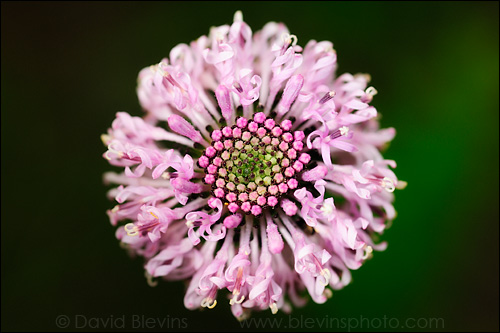
Oak Barrens Barbara’s-buttons (Marshallia legrandii). This plant had been known since the 1950s from a single specimen collected from a site where it is no longer found. In the 1980s, Harry Legrand, with the North Carolina Natural Heritage Program, discovered a small population of these plants growing on a site in Granville County North Carolina with an unusual basic soil. This plant is most similar to Spoonshape Barbara’s-buttons (Marshallia obovata) but blooms about a month later. Today these plants are known from only 3 sites, 2 in Granville County North Carolina and 1 in Halifax County Virginia.
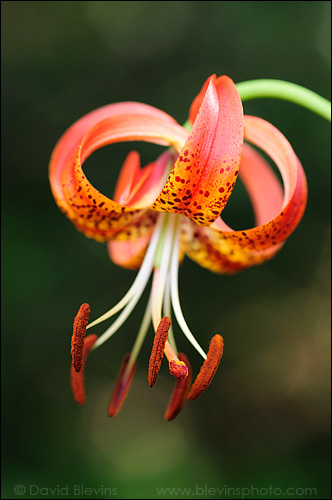
Sandhills Bog Lily (Lilium pyrophilum). This “fire-loving” lily is one of the rarest species in North Carolina. Only 250 individual plants have been found, all in small populations. These plants were first noted in the 1940s, but for years were assumed to be just a variation of Carolina Lily (Lilium michauxii). Later, this species was thought to be the same species as a rare lily from the Gulf coast of Florida. Dr. Mark Skinner, a National Plant Data Center botanist, and Bruce Sorrie, a Southern Pines botanist and UNC-Chapel Hill Herbarium associate, were the first to formally describe the plant in 2002. Unlike similar lilies, the Sandhills Bog Lily grows in bogs, blooms later, and has smaller flowers and leaves.
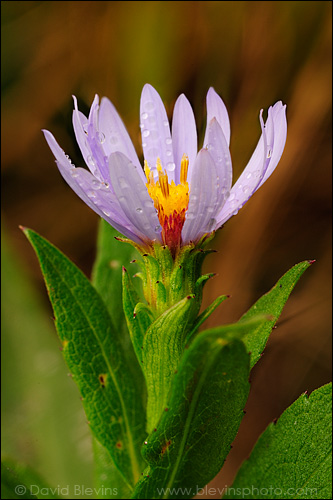
Rhiannon’s Aster (Symphyotrichum rhiannon). This very rare plant is known from only one site in the southern mountains of North Carolina with unusual soils derived from a rock type known as serpentine. Although the site is on National Forest land, the plant was threatened by mining interests until it was discovered and protected. It was first noted as something different in 1980 by Laura Mansberg (now Laura Cotterman of the North Carolina Botanical Garden). Rhiannon’s Aster was formally described in 2004 by Guy Nesom, Gary Kauffman, Tom Govus, Alan Weakley and Laura Mansberg and is named after Alan Weakley’s daughter. You can read the story of how this plant was named on the Endeavors web site.
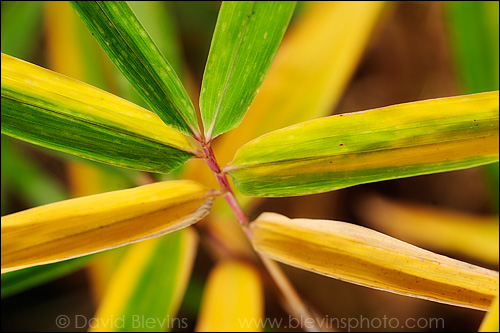
Hill Cane (Arundinaria appalachiana). This rare native bamboo was described as a variety of Giant Cane (Arundinaria gigantea var. decidua) almost 90 years ago. Botanists began to question that identification because, unlike Giant Cane that grows tall along rivers, this short plant was found on hillsides. It also drops its leaves in the fall after they turn a bright yellow while the other two native bamboo species are evergreen. Hill Cane was formally described as a distinct species in 2006 by Jimmy Triplett, Alan Weakley and Lynn Clark.
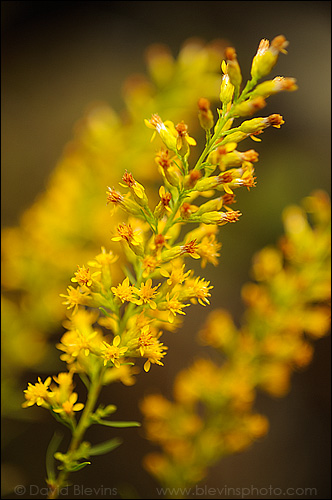
Yadkin River Goldenrod (Solidago plumosa). J.K. Small discovered this species in 1894 growing on river-scoured rocks along the Yadkin River. This rare goldenrod was believed lost when it’s only known habitat was flooded by the construction of two dams in 1917 and 1919. In 1994, almost 100 years to the day after it was first (and last) seen, Dr. Alan Weakley searched for and found these plants growing along a small rocky stretch of the Yadkin River that had escaped the flooding. The only known site for this species is currently unprotected.
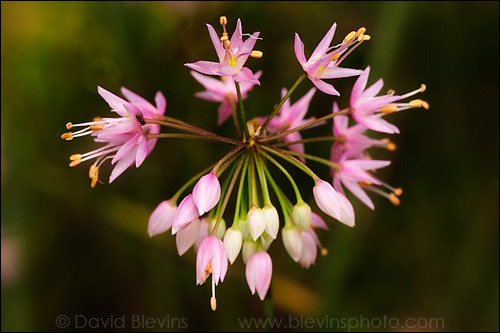
Savanna Onion (Allium sp. nov.). This rare plant was originally collected by Steve Leonard, former curator of the UNC Herbarium, in the early 1980s. It is only known to grow on a rare type of longleaf pine savanna underlain by limestone. The unusually high pH of these soils support many rare species. This plant is similar to nodding onion (Allium cernuum) which is only found in the Piedmont of North Carolina and west, while savanna onion is found in the outer coastal plain. This plant also flowers at a different time, and the leaves are a different shape. Dr. Alan Weakley and Richard LeBlond are currently working to formally describe this plant. This plant is protected on only one site in Pender County managed by The Nature Conservancy.
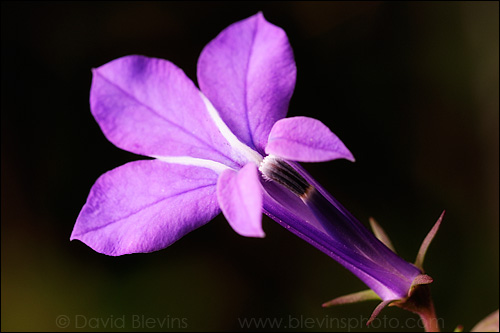
Batson’s Lobelia (Lobelia sp. nov.). This species found in wet streamheads and seepage slopes in the Sandhills of North and South Carolina is under study by Dr. Bert Pittman, a botanist with the South Carolina Department of Natural Resources’ Heritage Trust Program. It will be named Lobelia batsonii in honor of Dr. Wade T. Batson, former curator of the A. C. Moore Herbarium at the University of South Carolina.
